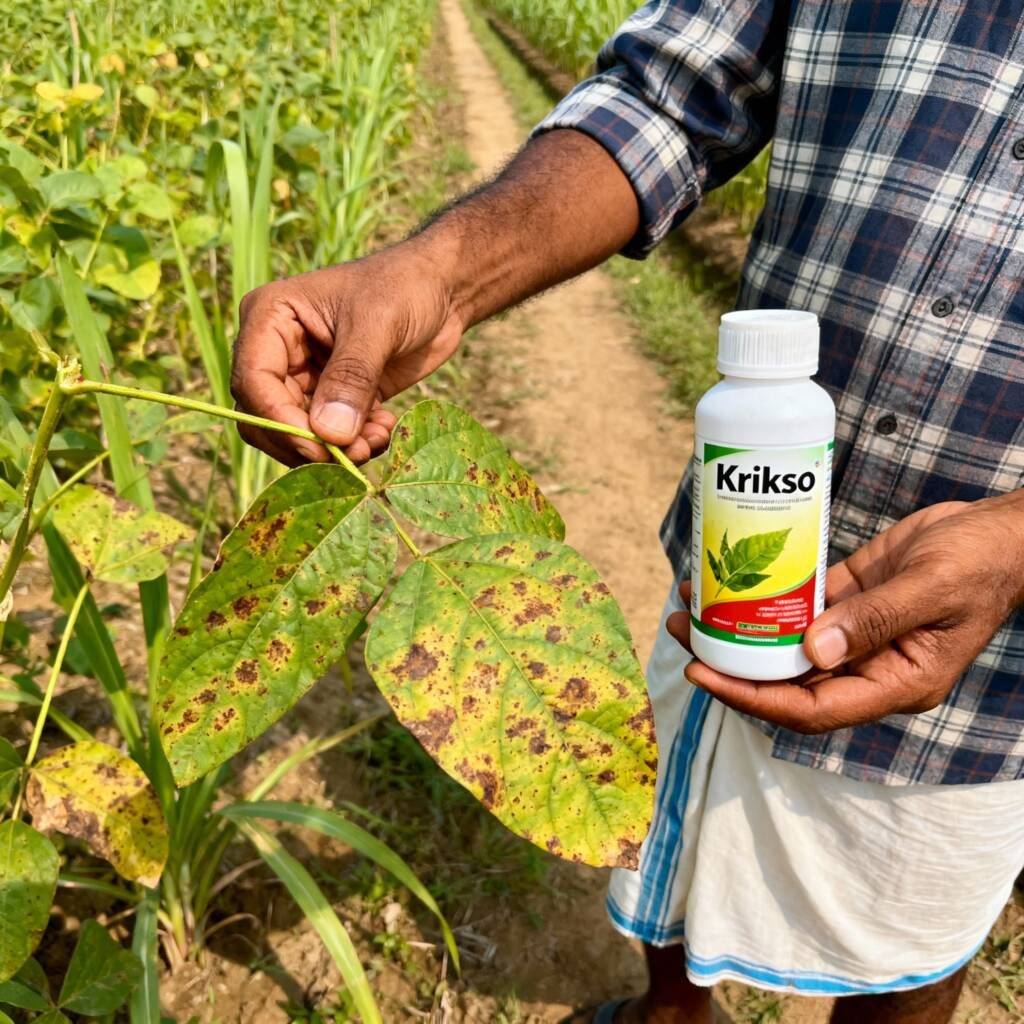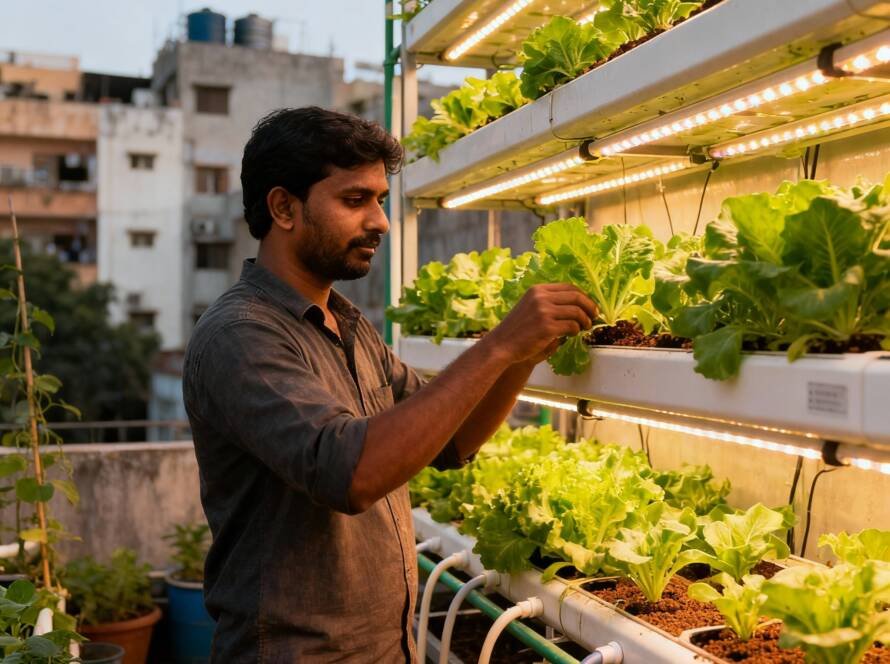Crop diseases and infections are one of the biggest challenges for farmers, reducing yield, affecting quality, and increasing production costs. Understanding the types of diseases, their causes, and effective solutions is crucial for sustainable farming and higher profitability.
In this post, we begin our deep dive into crop health, exploring the root causes of plant infections and how to tackle them effectively.
1. Categories of Crop Diseases
Crop diseases can be broadly classified into:
- Fungal Diseases – Caused by fungi; thrive in warm, humid conditions.
- Examples: Powdery Mildew, Downy Mildew, Rust, Leaf Spot
- Bacterial Diseases – Caused by pathogenic bacteria, often spread through water, tools, or infected seeds.
- Examples: Bacterial Blight, Soft Rot, Leaf Spot
- Viral Diseases – Caused by viruses; usually spread by insects like aphids or whiteflies.
- Examples: Mosaic Virus, Yellow Vein Virus, Tomato Leaf Curl Virus
- Nematode Infestations – Microscopic worms affecting roots and underground parts.
- Examples: Root-knot Nematodes, Cyst Nematodes
- Physiological Disorders – Non-infectious diseases due to nutrient deficiency, water stress, or environmental factors.
- Examples: Leaf Chlorosis, Blossom End Rot, Stunted Growth

2. Common Causes of Crop Diseases
- Pathogen Presence – Fungi, bacteria, viruses, and nematodes in soil, seeds, or water.
- Weather Conditions – Excess humidity, rainfall, or drought stress increases vulnerability.
- Poor Soil Health – Imbalanced nutrients or compacted soil reduce plant resistance.
- Inadequate Crop Management – Lack of crop rotation, poor spacing, and unclean tools spread infections.
- Pest Infestation – Insects can act as vectors for viral or bacterial diseases.
3. General Prevention and Management Strategies
- Crop Rotation – Prevents build-up of soil-borne pathogens.
- Resistant Varieties – Choose seeds and saplings resistant to specific diseases.
- Sanitation and Hygiene – Clean tools, remove infected plant parts, and control weeds.
- Balanced Fertilization – Proper nutrient management strengthens plant immunity.
- Organic and Bio-Control Agents – Use neem-based sprays, Trichoderma, or Bacillus subtilis for fungal and bacterial control.
- Integrated Pest Management (IPM) – Combines chemical, biological, and cultural practices to minimize disease risk.
4. Role of Technology and Modern Farming
- Soil Testing Kits – Identify nutrient deficiencies and pathogen presence.
- Drip and Sprinkler Irrigation – Reduces water-borne diseases.
- Monitoring Tools – Smart sensors and apps for early detection of crop stress and infection.
5. How Krikso India Supports Farmers
Krikso India complements preventive and treatment strategies by offering:
- Disease-Resistant Seeds and Saplings – Reduce initial vulnerability.
- Organic Bio-Fertilizers and Bio-Pesticides – For sustainable, chemical-free disease management.
- Expert Advisory Services – Guidance on disease identification, management, and integrated crop health solutions.
- Market Support – Ensures that farmers can maintain high-quality production even in challenging seasons.



